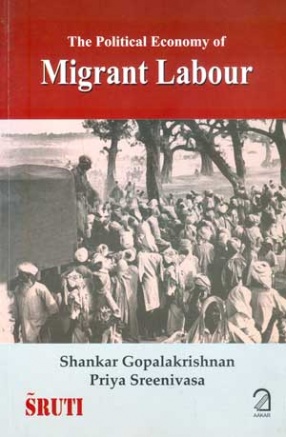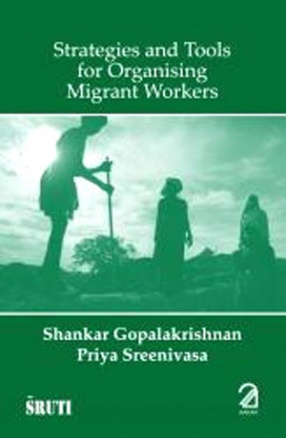The Political Economy of Migrant Labour
Synopsis
Throughout large parts of rural India, among a large part of our adult population, employment and work means leaving their homes: forever, for years, or seasonally every year. For many adivasis and Dalits in particular, migration has long been a central livelihood strategy. While no one, including the government, has any figures for overall migration, estimates say that around one to there crore people engage in seasonal migration alone every year.
Yet, despite such a central place for migration in people’s livelihoods and in the economy of the country, there is a surprising lack of information, policies and political focus on the issue. Across India's political spectrum, most forces share the assumption that migration is an "aberration", a problem created by a lack of livelihoods in rural areas. In this view, migration is something to be stopped, a social "evil" that can be eradicated if only sufficient steps are taken to improve the situation in agriculture.
The result is that few in India have engages with migration as a political phenomenon. Mass movements tend to ignore it in their politics and demands; the state identifies it as a problem, like bonded labour, that is expected to "go away" if all policies are properly implemented; political parties also maintain their silence on the issue, with migration becoming a political battleground only for those who attack migrants from right wing (such as the Shiv Sena in Maharashtra and the BJP’s campaign against "Bangladeshi" migrants).
But migration in fact plays a central role in India's society and economy, a role that is increasing. Directly or indirectly, many economic activities depend on migrant labour, and in turn its importance as an income source is only rising. This booklet attempts to look at phenomenon and to understand migrant labour as a part of India’s economy. We argue that migration is no aberration, but the result of changes that have transformed large parts of rural India.
Read more
Yet, despite such a central place for migration in people’s livelihoods and in the economy of the country, there is a surprising lack of information, policies and political focus on the issue. Across India's political spectrum, most forces share the assumption that migration is an "aberration", a problem created by a lack of livelihoods in rural areas. In this view, migration is something to be stopped, a social "evil" that can be eradicated if only sufficient steps are taken to improve the situation in agriculture.
The result is that few in India have engages with migration as a political phenomenon. Mass movements tend to ignore it in their politics and demands; the state identifies it as a problem, like bonded labour, that is expected to "go away" if all policies are properly implemented; political parties also maintain their silence on the issue, with migration becoming a political battleground only for those who attack migrants from right wing (such as the Shiv Sena in Maharashtra and the BJP’s campaign against "Bangladeshi" migrants).
But migration in fact plays a central role in India's society and economy, a role that is increasing. Directly or indirectly, many economic activities depend on migrant labour, and in turn its importance as an income source is only rising. This booklet attempts to look at phenomenon and to understand migrant labour as a part of India’s economy. We argue that migration is no aberration, but the result of changes that have transformed large parts of rural India.
12.60
11.34
$
14.00 $
Free delivery Wolrdwidе in 10-18 days
Ships in 1-2 days from New Delhi
Membership for 1 Year $35.00
Get it now and save 10%
Get it now and save 10%
BECOME A MEMBER
Books by the same authors








Bibliographic information
Priya Sreenivasa